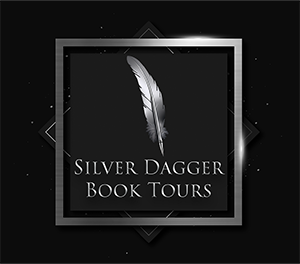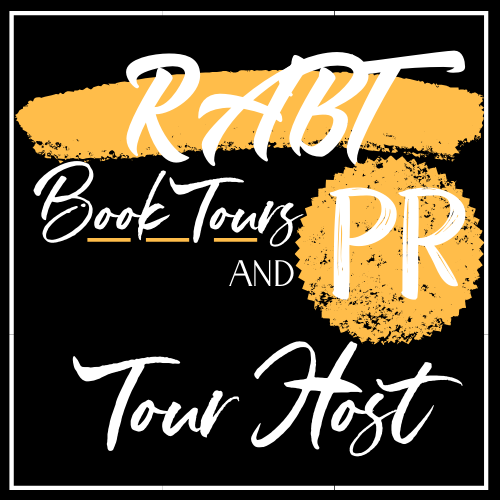Things that inspire you and why:
I am most inspired by people! When I was 14 years old, my mom was going through the certification to become a Dale Carnegie Instructor. Dale Carnegie is most known for the books, “How to Win Friends and Influence People” and “How to Stop Worrying and Start Living.” So, I took my first corporate class while my mom was being tested with daisies on my dress. While everyone made commitments to get along with their co-workers and bosses, I decided to be nicer to my brother.
This experience shaped me because at 14, I was uncomfortable in my own skin just like all the other kids I was surrounded by at school. But I looked around the room at adults who were nervous to stand up and speak and trying to get along better with co-workers. These people were my parents age – and they had doubts and questions to navigate, I was shocked! Everyone was super nice to me, kind of like I was the class mascot, and somehow, we all became friends, even at very different ages. They would ask me questions about their own kids, and I learned from them at the same time. Mostly, I learned that it doesn’t really matter how old you are, we are all trying to answer the same question, “Who am I?”
Eight years later, I became an instructor and now I am the age of the people when I first took a class. I have spent my entire adult life getting to meet new people and figure out who they are and what makes them perform their best. Every week, I meet people from different companies, countries and cultures and at the end of sessions, I get asked the same question routinely; “are all your groups this good?” These are usually people who have worked together for a long time, but they just never took the time to get to know each other. Let’s be real, even when you work with someone for a long time, we don’t usually ask about life events from childhood or the family we grew up in. But when we do, there are some incredible things to learn and respect.
I don’t know about you, but I am not inspired by small talk. I am very inspired when people trust me enough to know their real story. I love connecting with people and seeing them be their best. I get inspired when I watch people do what they do best, whether that is parenting, a sports team, performers singing, or a company solving a problem. It is exciting to watch people shine!
One of my best friends is a veterinarian. I have heard her talk about work for years and I was proud of all she has accomplished. But one day, I was pet sitting for my neighbor and one of the goats went into labor with complications. I called Meg and she rushed over to help me. When I saw her take off her jacket and save the day, I was amazed!
“Pieces of You” was written to connect my love for people and corporate training with faith and answer the question, “Who am I, really?” To test content, I held a class, much like the ones I teach for work, and gathered 30 friends to get to share their stories connected to the topics in the book: relationships, values, beliefs, rules, purpose and vision for the future. Turns out my friends liked real conversation too. No one wanted to leave the sessions, and we found that everyone in the group was uniquely awesome.
Yes, I get inspired by people. I hope you get inspired by my people who I call my ‘kaleidoscopes’ throughout the book as well! I also hope my stories will inspire you to figure out some of your unique pieces!
Knowing who you are has always been challenging, and in today’s world, more and more voices are coming from more and more places telling us who we should be. The result? A broken sense of identity that we’re struggling to put back together.
In Pieces of You, April Farlow shares how she discovered her identity is formed by the God who made her. Along the way, she’s learned that if we want to put the pieces of who we are together in a real, lasting way, we have to look to Whose we are for help.
It’s time to take a look at the unique pieces that make up who you are …
The pieces you compare …
The pieces informed by the father figure in your life …
The painful pieces …
The pieces of your relationships …
The pieces on which you’ve built your beliefs …
The pieces that give you rules and boundaries …
The pieces that show what you value …
The pieces that give you purpose …
The pieces that help you build a vision for what’s to come.
As we work to put those pieces together, we’ll look to the God who made us, knows us, and loves us to guide us. Because when you take all your pieces—the good, the bad, the broken, and the beautiful—and place them in your Heavenly Father’s hands, there, you’ll find peace. There, you’ll find security. There, you’ll find a real sense of who you are and Whose you are.
Over just a few hours, my Kaleidoscopes began to lean into each other’s stories. Things got real fast. And I think that’s because we took a break from measuring ourselves against each other. Instead of comparing, we chose to share.
And that’s a great place to start.
To stand confidently in both who you are and Whose you are, you must first learn to avoid the temptation to compare. Staying out of the comparison trap is an essential piece of the puzzle that is discovering and embracing our identity.
After our meeting, my friend Angela went home and looked in her daughter’s school folder. There, she found a worksheet her seven-year-old, Elle, had filled out. “Color yourself and then write words to describe yourself in the circles,” the instructions said across the top. That’s precisely what Elle did. She colored her hair and eyes to match hers and wrote six words to describe herself.
Funny
Artistic
Pretty
Love
Kind
Smart
For Angela, her daughter’s list was not only accurate, but it was also a stark contrast to the list she and the other women had made. Angela told me about it later: "I wonder at what age we stop believing the good? I wonder what happens to cause us to begin seeing the negative before the positive?”
I wonder the same for all of us.
April Farlow has spent the last 20 years motivating audiences to get out of their comfort zone, speak up, and represent their values. In corporate environments, one piece is missed—the ability to talk about forming your identity in God. Today, as a speaker, author, coach, and non-profit leader, April is changing this by sharing her faith journey and helping others do the same with clarity and conviction.
In 2017, after speaking to a group of foster youth, April founded Lydia’s Place, a ministry serving young adults who have experienced foster care or homelessness. April and her husband have four girls and live on a mini-farm outside of Athens, Georgia.





























